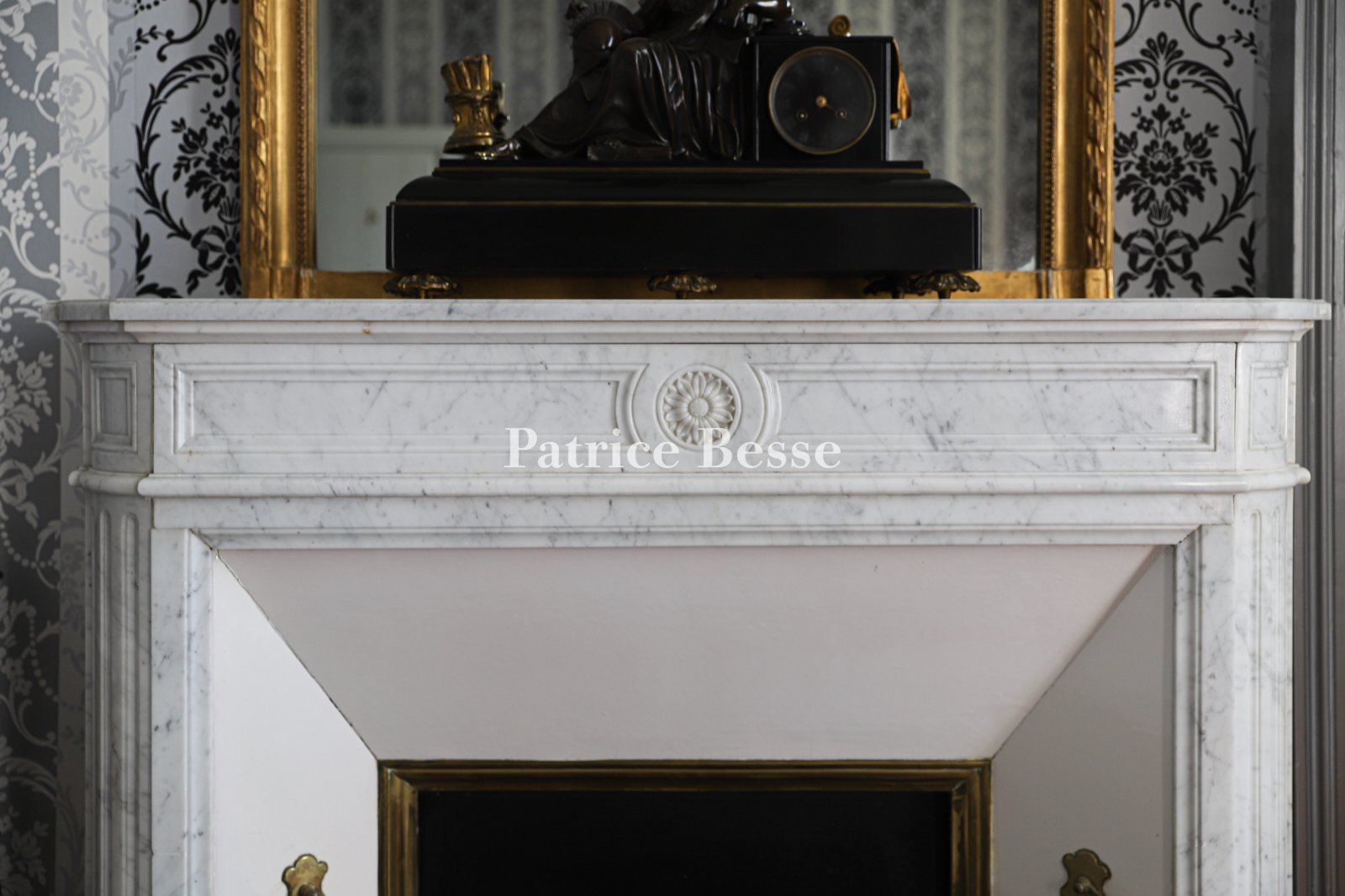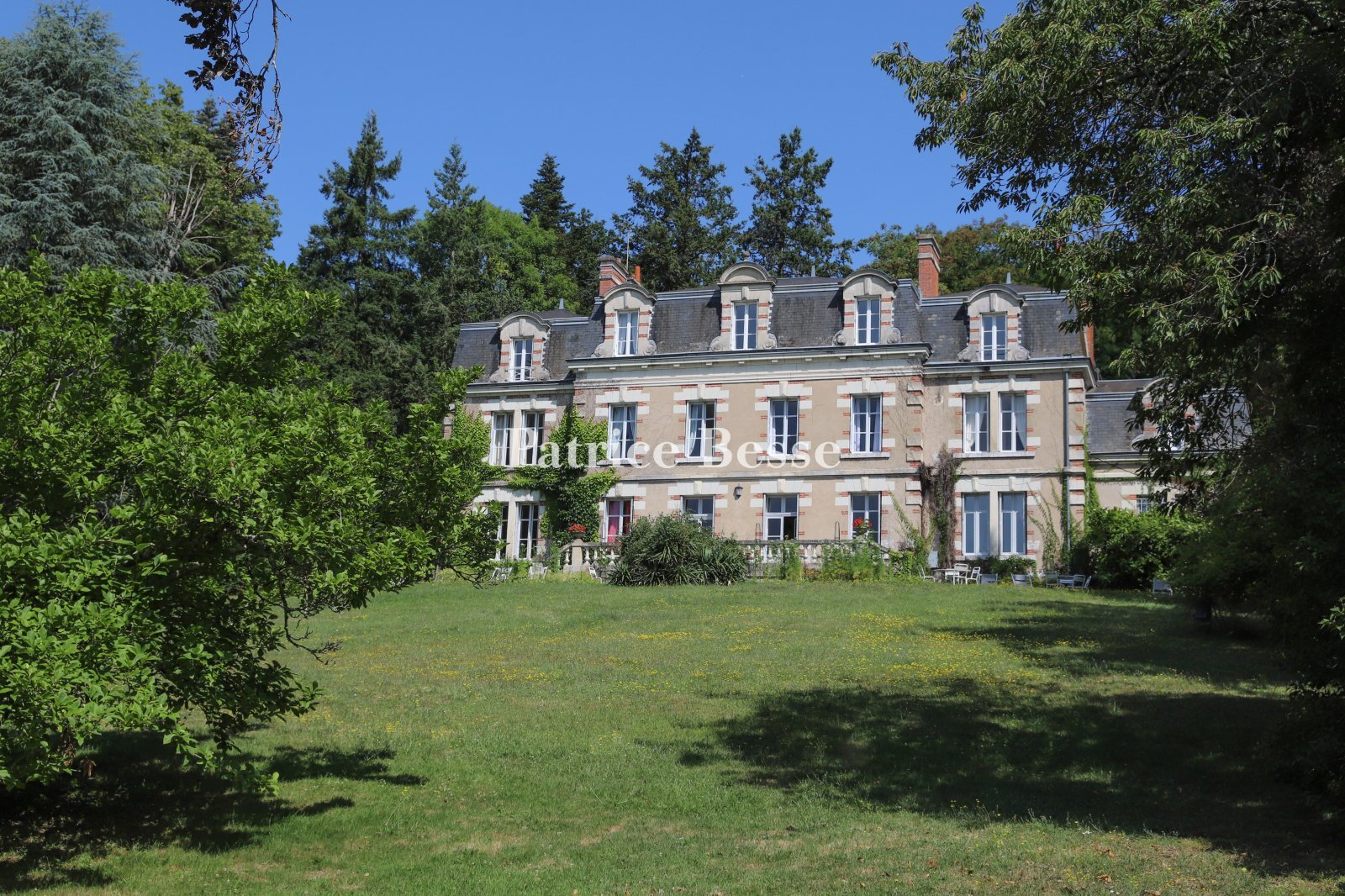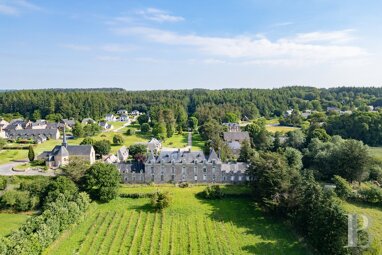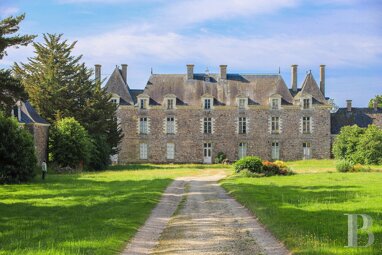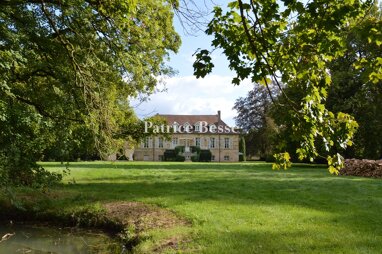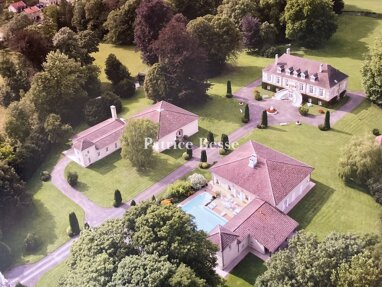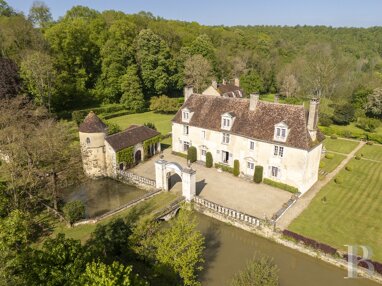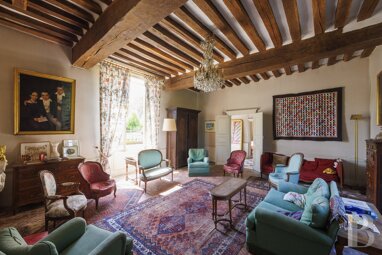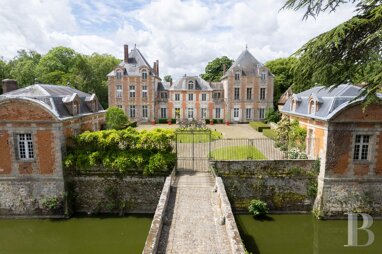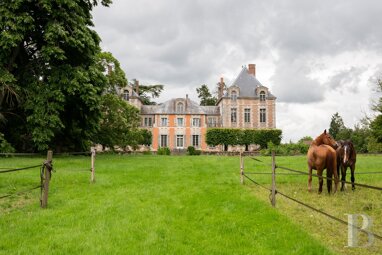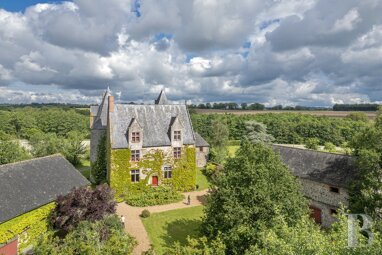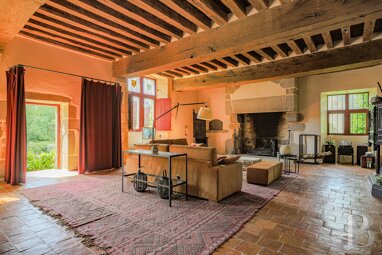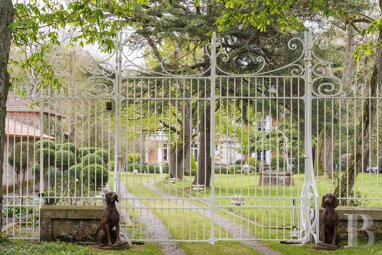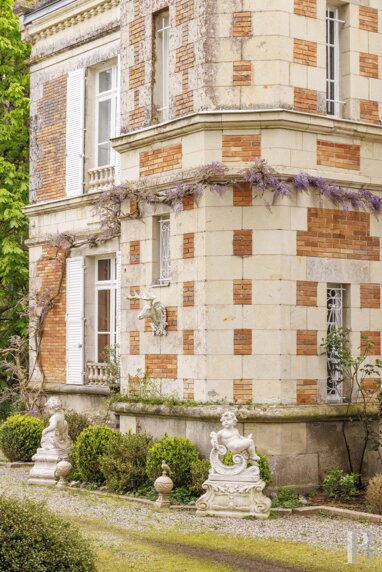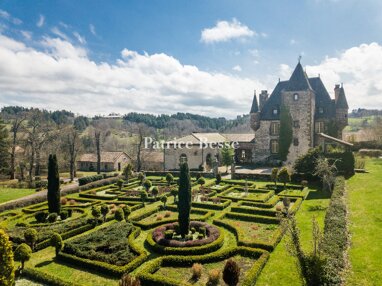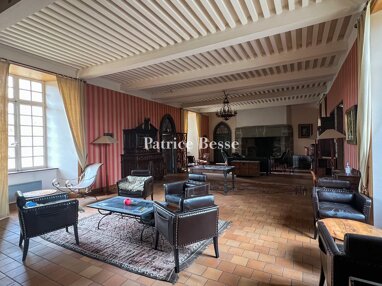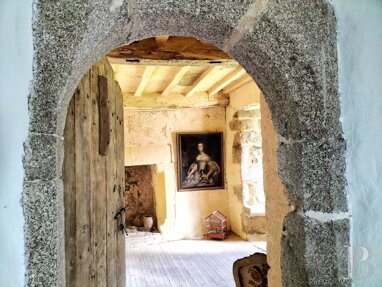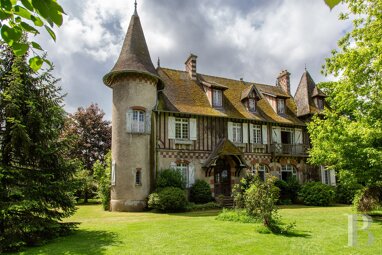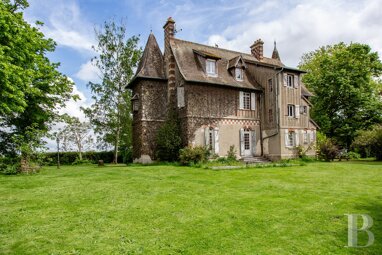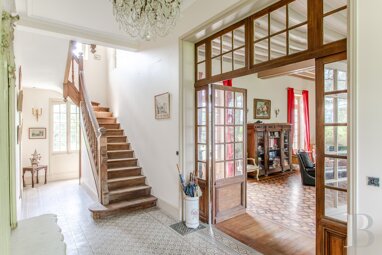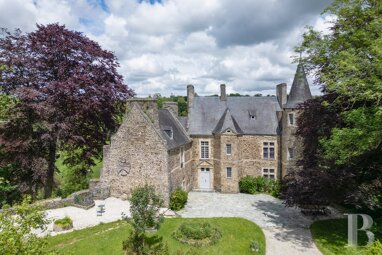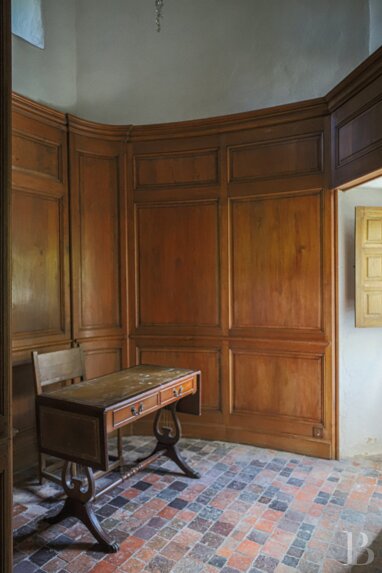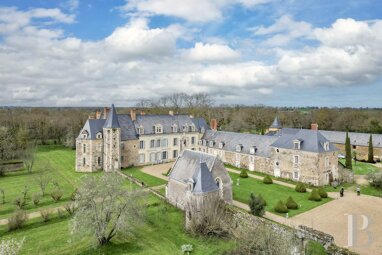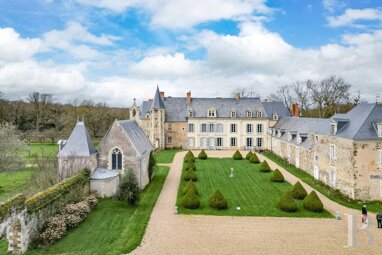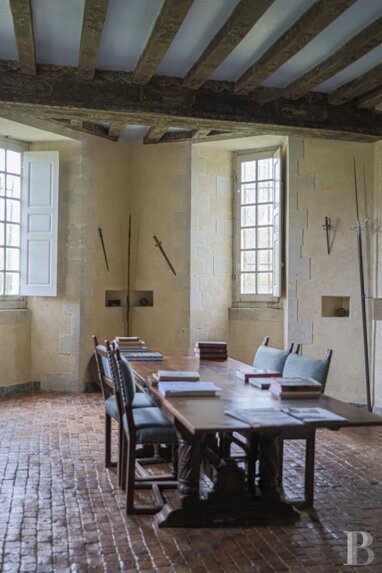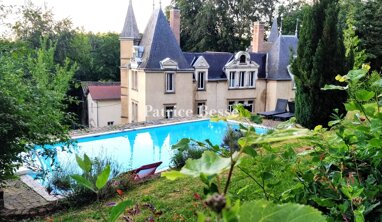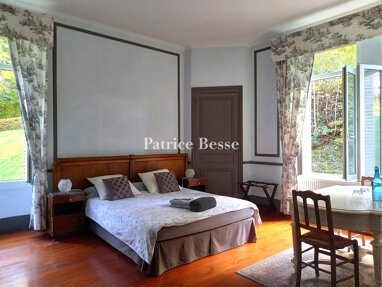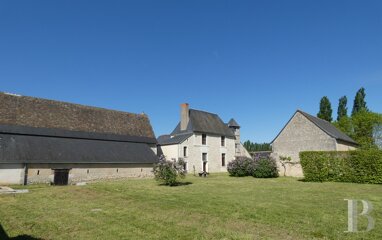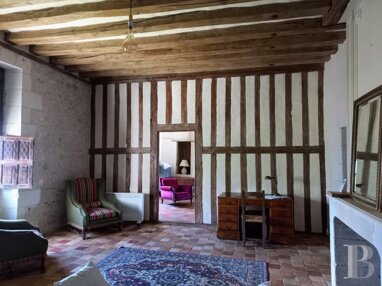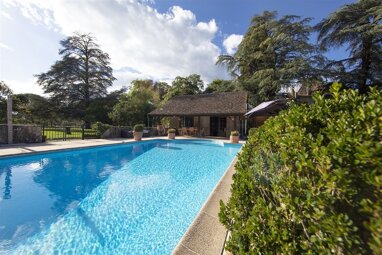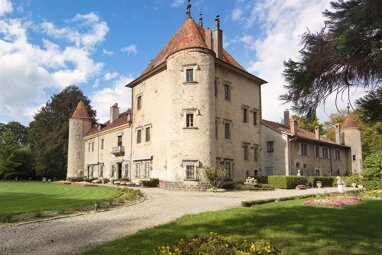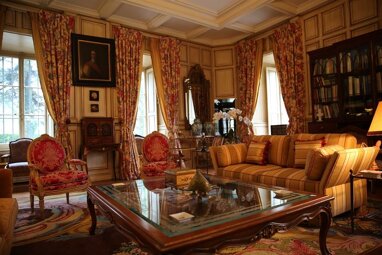A Neo-Louis XIII chateau dating from the late 19th century, with its outbuildings, set in 4 hectares of grounds between Blois and Amboise, around 200
A Neo-Louis XIII chateau dating from the late 19th century, with its outbuildings, set in 4 hectares of grounds between Blois and Amboise, around 200 km from Paris.
The property is situated in the Centre-Val de Loire region, in the Loir-et-Cher department, on the edge of Chaumont-sur-Loire and its rolling countryside, at the centre of a small farming area traversed by the Loire and its hillsides. It is part of a rural parish featuring a distinctive landscape marked by the presence of water and the valleys of the Cisse and Loire rivers. There are many nature reserves in the area that have been officially recognised. One of these heritage sites is located in the village. Included in the Blois catchment area, the property is close to a number of famous tourist and cultural spots.
The surroundings offer a host of other activities contributing to the region's appeal: cycling along the Loire, visits to riding centres, golfing and kayaking are just some of the leisure options available to local residents and visitors. Chaumont-sur-Loire, the nearest town, offers a full range of services and shops. A train station connects to Paris-Austerlitz in 1 hour 30 minutes, and the A10 motorway links to Paris in just over 2 hours.
A wrought iron gate leads into the property. Guarded and bordered by yew hedges, the impressive ironwork opens onto a stately driveway lined with centuries-old oak trees forming a thick screen of greenery.
At first sight the chateau shows its full splendour: a large, projecting central section, stone balusters encircling the esplanade, a wing to the left and two to the right, one of which is slightly smaller. Next to the traditional Louis XIII-style building, there is a more modern extension. Built in 1898, some twenty years after the Republicans came to power, the chateau was commissioned by an officer whose family descended from a regiment of dragoons under the Ancien Régime and had prospered since their ennoblement under the First Empire. In the 20th century, the chateau enjoyed renewed splendour, although this was interrupted during the Occupation when it was requisitioned by the Germans. After D-Day and during the early days of the Liberation, American troops stayed here. During the French colonial wars, the chateau was inhabited by the mother of a famous writer. As part of the French government's 'civilising' mission, young Indochinese were brought here to learn French language and culture. Finally, in 1980, the chateau was bought by its current inhabitants. Major modernisation work was carried out, while taking care to preserve the original authenticity of the building erected towards the end of the 19th century.
The chateau and its terrace, built on the highest hillside, dominate the vast landscape to the south. Protected by a canopy of fragrant greenery, the building sits at the heart of elegantly designed parklands. A gravel walkway surrounds the entire property. Beyond the fence, the nearby forest stretches as far as the eye can see.
Finally, at the bottom of the highest part of the grounds, there is a former outbuilding that has been converted into a guest house. Here, the gently sloping parkland affords sweeping views of the surrounding area.
The chateauWith its mixed limestone and brick elevations, the south-facing, three-storey chateau is both imposing and elegant, as evidenced by the in-and-out bond courses on the jambs of the eighteen windows that mark the first two storeys. Further up, the third level, topped with a slate roof, is lit by six curved dormers decorated with small ailerons. These project slightly from the roof. The five hipped sections of the Mansard-style roof are of slate, with the upper and lower slopes adding movement and curves, strength and lightness to the overall appearance. To the north, the blind left wing facade enhances the corner quoins. On the ...



